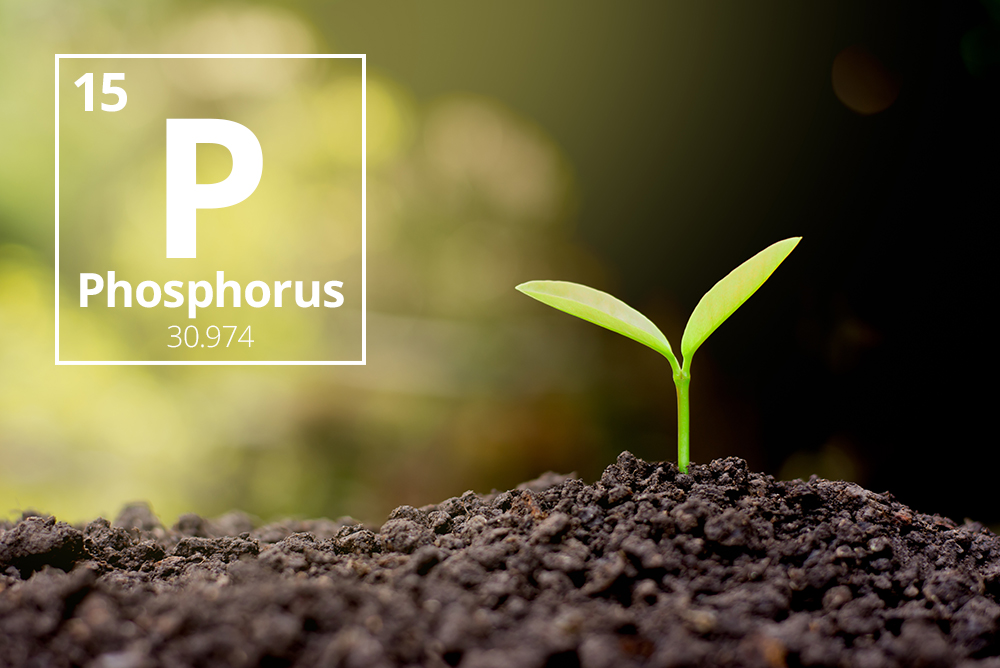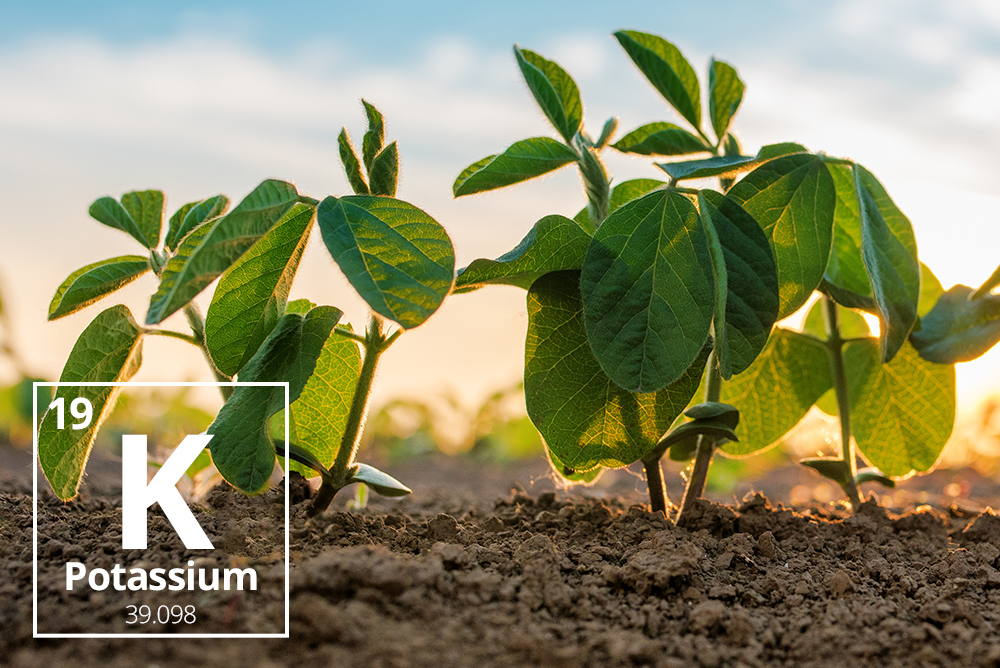Phosphorus (P) is involved in various processes in plants, including energy transfer, root development, and flowering.
When it comes to plants, phosphorus can be key to plant wellness. It is responsible for assisting with the growth of roots and flowers and also helps plants withstand environmental stress and harsh winters.
In fact, phosphorus (along with nitrogen) is considered one of the most limiting resources (has the ability to limit plant growth based on lack of phosphorus) in soils. The lack of phosphorus can result in constraining plant growth.
Key Benefits Of Phosphorus For Plants
Root Growth - An important nutrient to encourage root growth on any plants. Roots are the foundation of the plant, and having a healthy, web-like root system is crucial to ensuring a healthy plant.
Flowers and Seeds - Improves flower formation and seed production. Paying attention to flower formation is crucial for any landscaper or homeowner installing a landscape. But, it's also important for growers, because flower formation is the leading indicator to a healthy fruit set.
Improves Plant Resilience - Phosphorus improves plant resilience against disease and helps strengthen the plant for winter.
Disadvantages Of Phosphorus
Although there is a large quantity of phosphorus in the soil, much of it is in a form that isn’t accessible to the plants. The problem is that phosphorus binds very quickly (only days after the application) with Fe, Mn, Al, Mg and Calcium present in the soil.
Adding more phosphorus through the use of fertilizers may seem like an easy solution; however, that can pose a detrimental negative side effect on the environment. Extra phosphorus builds up in the soil and eventually runs off (along with nitrogen) into our waters, harming marine animals.
Microbes Relationship With Phosphorus
Fixed phosphorus can be released with some help from weathering or from microbial activity. When it comes to weathering, phosphorus moves through the soil by diffusion through water. Although weathering does the job of releasing phosphorus into the soil, microbial activity works best. Microorganisms help make the phosphorus available to the plants.






Guest reviews
No reviews found for this Blog